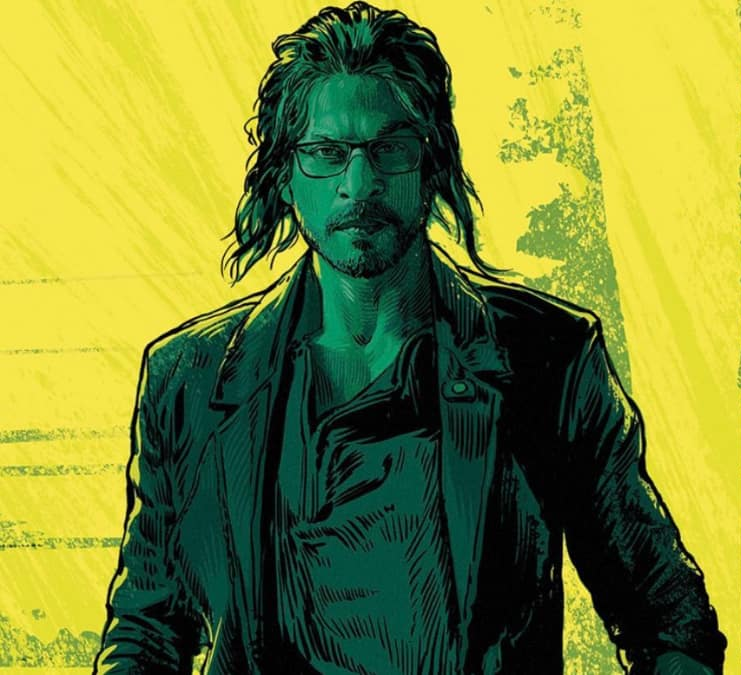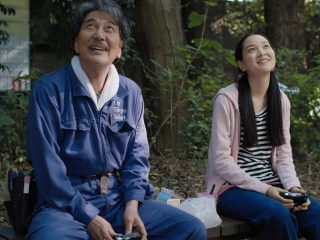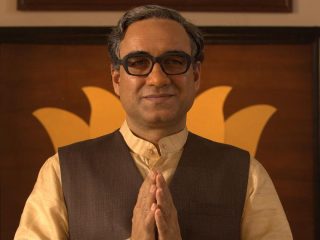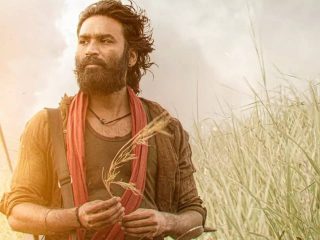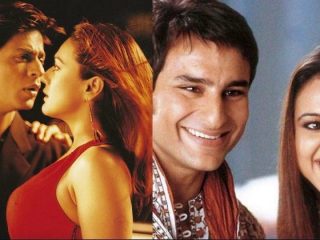Following the steps of Guru
Atlee, the filmmaker behind SRK’s hugely anticipated next film, “Jawan” started his career working as an assistant director for famous Tamil director Shankar. Popularly known for films like “Mudhalvan”, “Enthiran” and “Sivaji the Boss”, he is pretty much synonymous and celebrated for his extravagant filmmaking (often termed as ‘Biramaanda Iyakkunar’) combined with a blazlingly engaging screenplay. Shankar always improves the audio-visual sensory experience of his films with introduction of new technology and creatively eloquent sets (particularly with the song sequences), thus providing the visual treat that casual audience crave for.
Other than the extravagancy, the narrative of his films is often crafted with sheer conviction despite its superficiality on paper; credits to his long-time collaborator writer Sujatha bringing in some unexpected choices and social unjust themes in the narrative giving the audience the food for thinking. Similarly, Atlee, too has been following the steps of his guru Shankar in terms of providing the extravagant entertainment possible for the audience.
Simpler the plot, better the packaging
Atlee is often the sole screenplay writer for his films, and unlike his guru (or filmmakers like SP Muthuraman, Dharani, etc.) he doesn’t take the most unconventional routes possible in his narrative. He takes the most classic template and knots for his narrative and concentrates more on the extravagant packaging. From his debut feature “Raja Rani” till “Bigil”, the stories revolve around generic tropes that’ve beaten to death for years in Tamil cinema which has even caused déjà vu for the audience. In one of his interviews, the director even acknowledged how “it isn’t possible to make new plots every time as there are only seven basic plots in the whole world” which has polarized the Tamil audience. He has also admitted that simpler plots give him the room for writing the best moments and punchlines catering to the commercial audience. He is also known for meticulously delivering flashy flashback sequences – ones that often occupy the majority of the runtime which in itself acts as a separate film.
Art of Masala
Indian film critic space usually admire and appreciates the intricacies in artistic and offbeat Indian films, but usually turn blind eye towards the brilliance of mass masala films which is a genre most celebrated across the Indian subcontinent. There is also an art required in building the pleasing adrenaline sequences where the filmmaker blends the avenue of filmmaking’s sensory experience with the star’s aplomb charisma. It’s here where the director’s vision blends with the amazing technical crew, giving rise to moments that define the movie-going experience of the masses.
Even while working with a template where each and every knot is known to the audience, Atlee manages to hit the right notes with his stunning mass-masala moments. Except his debut film, which had a pretty mellowed down approach, his other three films “Theri”, “Mersal” and “Bigil” all amplifies the extravagancy of the moments on screen. The electrifying background scores, the insane camera angles, the racy editing, the intuitive action set pieces find their fruition in Atlee’s sheer conviction; his direction makes the correct use of the star’s presence while satisfying the star’s fandom and the casual audience at once, and that’s precisely what’s become the staple formula of paisa-vassol entertainment. Unlike his contemporaries like Nelson and Lokesh Kanagaraj who concentrate on delivering their own memorable stylistic choices in the narrative or the concept, Atlee believes that the audiences carry with them the mass moments that hit the right spots more than the concept itself.
Watered down messaging
Apart from his no-brainer approach in the narrative and use of familiar plot mechanics, Atlee has been met with a lot criticisms for the ‘messaging’ in his narratives. Just like his guru who inculcates socially unjust themes in narratives, he too included the didacticism in “Theri” which focused on women safety. “Mersal” similarly focused on medical bureaucracy while “Bigil” focused on women sports.
Thus, Atlee is one among the lot in the masala directors’ space who believes that a ‘good message’ will make for ‘good films’ but it has been vice-versa at most of the time in his case. In “Mersal” he claims how Caesarian delivery has propelled forward the medical mafia using Surya’s villain character – something that has been met with a lot of criticism especially regarding how the film propagates ‘pseudoscience’ in mass entertainers. While “Bigil” has its moments of feminist broad strokes, the film itself treats its heroine as a second-fiddle to the hero while having moments of farce like body-shaming humor.
Despite his watered-down messaging, Atlee buys his audience into the narrative with his melodramatic emotional beats. His filmography can be encompassed into this quote by Writer Maya Angelous, which goes “I’ve learned that people will forget what you said, people will forget what you did, but people will never forget how you made them feel”. Regardless of the criticisms, being just four films old, Atlee has become quite a sensation in Tamil Masala Cinema, minting his own identity amongst the masses and it’s no surprise that the filmmaker is bagged by King Khan as his tentpole director in the upcoming years. Fingers crossed for “Jawan”!

